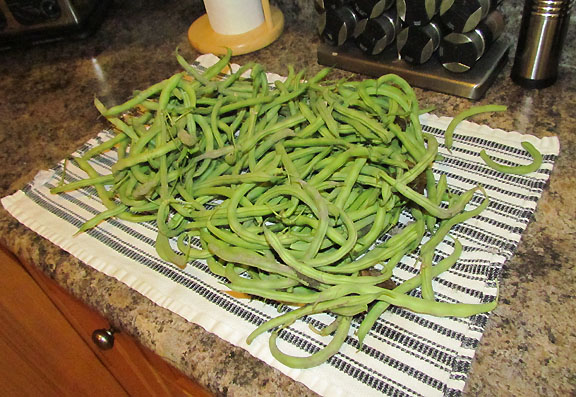First real snowfall of the year. Almost 30 centimetres of snow.
We only got out around the yard once in the past couple of weeks and that was to move wood in the freezing cold from one of wood piles so we can use the space for our perennial garden next year that will consist of asparagus and herbs. We received a few seed catalogues in the mail as well and we will soon be pouring over them with excitement as we figure out what to plant for 2014.We still have 12 chickens of the original 16. On average we are getting 9 eggs daily. The chickens seem to dislike the snow and won't even come out when the ground is completely covered. When we have the occasional thaw we let them out into the yard and they are so happy to be exploring in the yard again. They even attempted to dust bath.....in the mud.
In this last week we are reminiscing about what we have accomplished as well as what we have learned from our experiences of trying to live a more sustainable lifestyle. Solar power right now seems to be a long ways away as we can't figure out how to make it work while saving us money. The prices for solar are going down so perhaps it is not as far away to attain that goal as we think.
Here is a short list of what we should tweak for next year:
1. Plant everything later in the season. We still can get frost after Victoria Day as we did this year which does a lot of damage. Because of this we will propagate later as well in the basement. As for the strawberries, they need to be covered whenever we have frost warnings.
2. Plant the rutabaga especially later in the season. We planted ours way too early this year. They are supposed to get a few good frosts before they are harvested as to concentrate some of the sugars into the part of the rutabaga we actually eat. Ours still tasted fine but they were a weee bit too big for our liking.
3. For crops like the green and yellow beans we planted two weeks apart so we had a while to pick between the two plantings. Two weeks is clearly not enough as we had a hard time keeping up with picking. Three weeks or even a month between planting seems to be a better idea.
4. We didn't need the rain barrels this year as we had a ton of rain, however next year could be a lot different so we better hook them up in the spring.
5. No more pole beans. They were not that great.
6. For propagating next year we need heated mats. As well, the plants should be closer to the light bulbs.
7. No fence is tall enough to keep the chickens in. Even at around 6 feet high there still is the odd chicken that can get out. Unfortunately, for the chickens next year they will have to be left in the run while the little plants in the garden grow.
8. We were pretty lax on preventative spraying for powdery mildew. Even when it was on our weeds in the fence line we didn't do anything and later took out a big section of our squash. I guess this is why you plant more than what you need, but preventative spraying might be a good idea.
9. Plant our tomato plants further apart. They were very close together this year which may have caused some of the powdery mildew issues we had this year. Perhaps this is why they got blight as well. If we do see early signs of blight next year we should pick those leaves off and burn them.
10. Japanese beetle traps seem to be effective. There were more in the traps than in the garden.
11. Some things pressure can better than others. Potato soup is one of those items that doesn't pressure can too well.
12. Take pictures at Thanksgiving to show off all our hard work.
13. Pick sweet corn as soon as the silk turns brown.
14. Plant less zucchini (there was so much!!) Plant more green and yellow beans and more beets for canning. In fact, we should plant more of a variety overall in 2014.
15. Water the compost more often. We noticed when we finally turned it over that it was not very wet at all.
16. Find reusable canning lids. If we can find some then we won't be so wasteful throwing out the ones we only use once.
17. Think of more ideas as we continue our quest to be more self sufficient in the new year.
Here's to 2013. Let's hope 2014 is even better!





















































